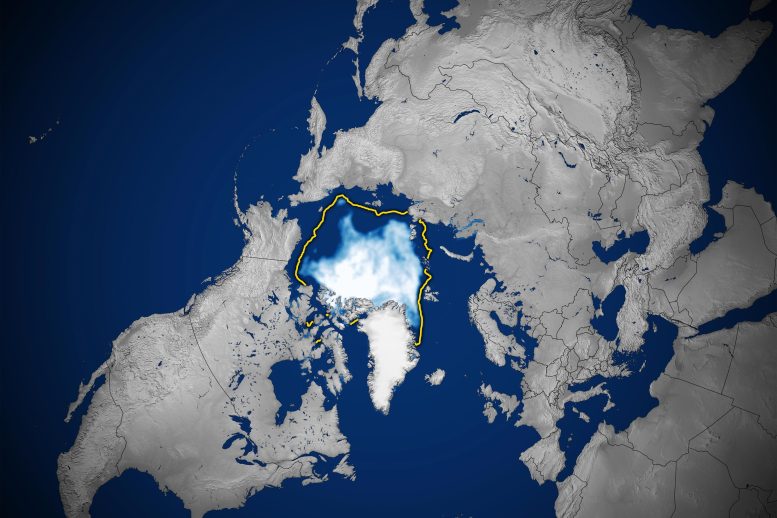
Arctic sea ice extent on September 18, 2022. The line represents the 1981-2010 median. A joint research team from Beijing Normal University and the Northwest Institute of Eco-Environment and Resources has discovered a connection between extreme cold events in southern China and Arctic autumn sea-ice extent. Credit: NASA Earth Observatory image by Joshua Stevens, using data from the National Snow and Ice Data Center
Researchers have linked extreme cold events in southern China to Arctic autumn sea-ice extent using paleoclimate data from 1289-2017, discovering a strengthening relationship since the 1980s.
A joint research team led by Prof. Cunde Xiao from Beijing Normal University, Dr. Zhiheng Du, and Dr. Jiao Yand from the Northwest Institute of Eco-Environment and Resources (NIEER) of the Chinese Academy of Sciences (CAS) has revealed how extreme cold events in southern China relate to Arctic autumn sea-ice extent.
The study was published in the journal Advances in Atmospheric Sciences on April 14, 2023.
Record-breaking low temperatures and severe snowstorms have affected many parts of East Asia in recent years. Numerous studies have suggested that these extremes are related to the loss of Arctic sea ice through the promotion of more blocking events and the subsequent intrusion of Arctic air into the mid-latitudes.
However, the sea-ice extent (SIE) exhibits considerable annual variability and there is no clear understanding of the relationship between the long-term sea-ice variability and extreme cold events in China’s history.
Fortunately, there are abundant proxy data, or paeloclimate evidence, from sources such as ice cores, tree rings and historical documents that can help to reconstruct the decadal-scale relationships between the autumn SIE in the Barents-Kara Seas and the occurrence of extreme cold-wave events (ECWEs) in southern China.
The researchers selected historical periods from 1289 to 1911 and extracted information on extreme cold events in China from a book entitled “A Compendium of Chinese Meteorological Records of the Last 3000 years.” The book collates evidence from 48 ancient Chinese books, studies 8000 historical documents and evaluates more than 200,000 weather-related records.
They also compared the records selected for the study with climate records of the historical Chinese dynasties and other relevant references. Meanwhile, modern-day reanalysis data were used to estimate the extreme cold events from 1872 to 2017.
“We found that the occurrence of winter ECWEs in southern China and autumn SIE in the Arctic Barents-Kara Seas had a significant antiphase relationship in most periods of sea-ice retreat from 1289 to 2017,” said Prof. Xiao.
The team also found that since the 1980s, the response of ECWEs to low SIE has strengthened during what has been a period of sustained SIE decline. In addition, the North Atlantic Oscillation and Siberian High played obvious but unstable “bridging” roles between the SIE and ECWEs on the decadal time scale.
“As we have seen this spring, weather events such as dust storms are more frequent and temperatures are relatively high. These phenomena may be related to the anomalous Arctic sea ice extent,” said Dr. Zhiheng Du.
“We are also following these events closely to further reconstruct the linkages between extreme weather or climate events at low or mid-latitudes and elements of Arctic cryosphere in the future. We hope to give a clear explanation of why similar events occurred in history periods,” said Dr. Jiao Yang.
Palaeoclimate data can help in overcoming known limitations in observations and model simulations. However, the extension of quantitative proxy-based records with sufficient accuracy and comparisons with climate models are needed in the future to provide more evidence to understand the mechanisms involved and draw robust conclusions.
Reference: “A Statistical Linkage between Extreme Cold Wave Events in Southern China and Sea Ice Extent in the Barents-Kara Seas from 1289 to 2017” by Cunde Xiao, Qi Zhang, Jiao Yang, Zhiheng Du, Minghu Ding, Tingfeng Dou and Binhe Luo, 14 April 2023, Advances in Atmospheric Sciences.
DOI: 10.1007/s00376-023-2227-2


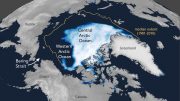
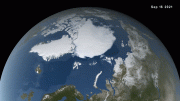
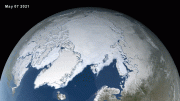

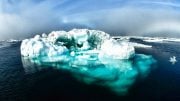
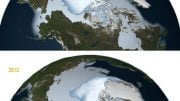
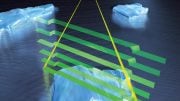
Be the first to comment on "Researchers Uncover the Hidden Connection Between Arctic Ice and Extreme Cold Events in China"